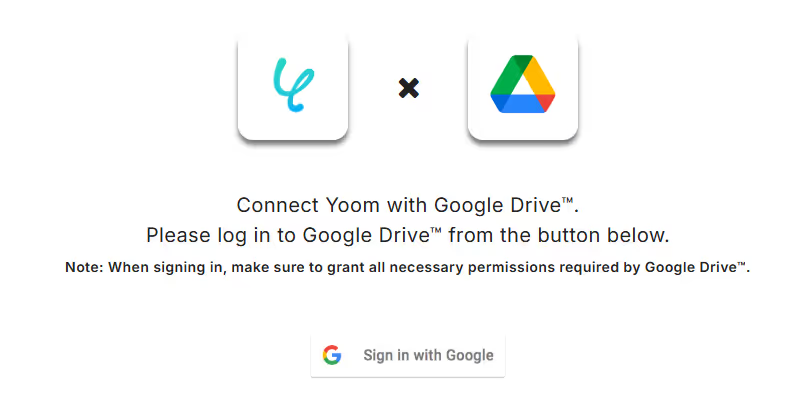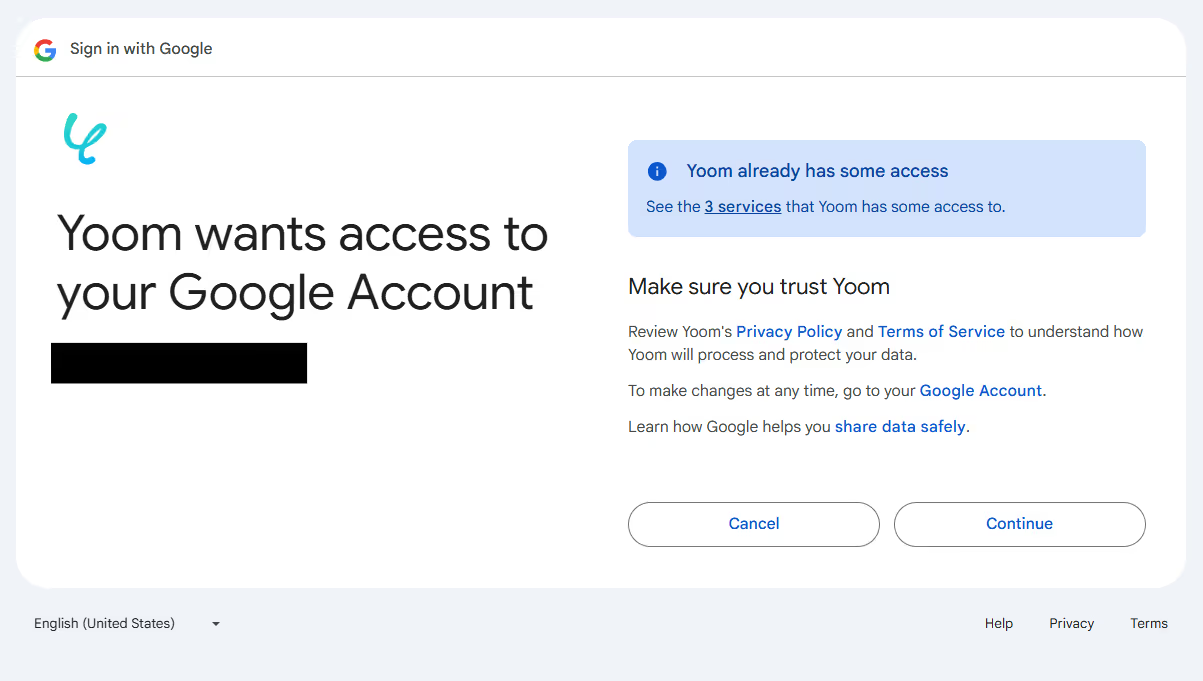1. Open the banner and click "View Details"
2. Click "Try this template" on the migrated page
3. Register for Yoom
※ If you have already completed registration, the login screen will be displayed, so please log in.
Step 2: Setting a trigger to activate on a specified schedule
1. Open the copied template.
※ You can change it to any title from the red frame part in the image below.

2. Click on the Flowbot's "Schedule Trigger: When the specified schedule is reached".

3. Specify the execution time.
Title: You can change it to any name. Entering the schedule for activation makes it easy to confirm.
Schedule Setting: Change the content according to the schedule you want to activate.
※ The default is set to 9 AM on the 1st of every month.
※ You can choose the specification method from date specification, day of the week specification, or Cron setting. For details, please see this explanation. Using the Cron setting, you can also activate it once every two months or quarterly.

4. Click "Save".
Step 3: Setting an action to search for files and folders in a specific folder in Google Drive
1. Click on the Flowbot's "Integrate with App: Search for files and folders in a specific folder".

2. Select the linked account and action.
Change the title if necessary and click "Next".

3. Set up the API connection.
・Folder ID: Select or enter the ID of the parent folder where the folder before moving is stored.
・File Name: Enter identifiable words for the name of the folder to be moved.
※ Please note that if multiple matching folders (or files) are found in a partial match search, only one piece of information will be retrieved.

4. If the test is successful, click "Save".
※ The output item is named "File ID" even if the search result is a folder.
Step 4: Setting an action to change the storage folder in Google Drive
1. Click on the Flowbot's "Integrate with App: Change the storage folder of the file".

2. Select the linked account and action.
Change the title if necessary and click "Next".

3. Set up the API connection.
・Target File ID: Use the output of the file ID obtained in Step 3.
・Current Folder ID: Select or enter the ID of the parent folder where the folder before moving is stored.
・Destination Folder ID: Select or enter the ID of the parent folder where the folder will be moved.

※ The image below is an example of referencing the file ID output. Click the input field to display candidates, and select in the order of "Output", the action name of Step 3, and "File ID".

4. If the test is successful, click "Save".
Finally, switch the trigger of the saved flow to "ON" to activate it.
This completes the flow of "Move a specific folder in Google Drive to an archive folder when the specified schedule is reached".
The Flowbot template used this time
Move a specific folder in Google Drive to an archive folder when the specified schedule is reached














.avif)






.avif)








